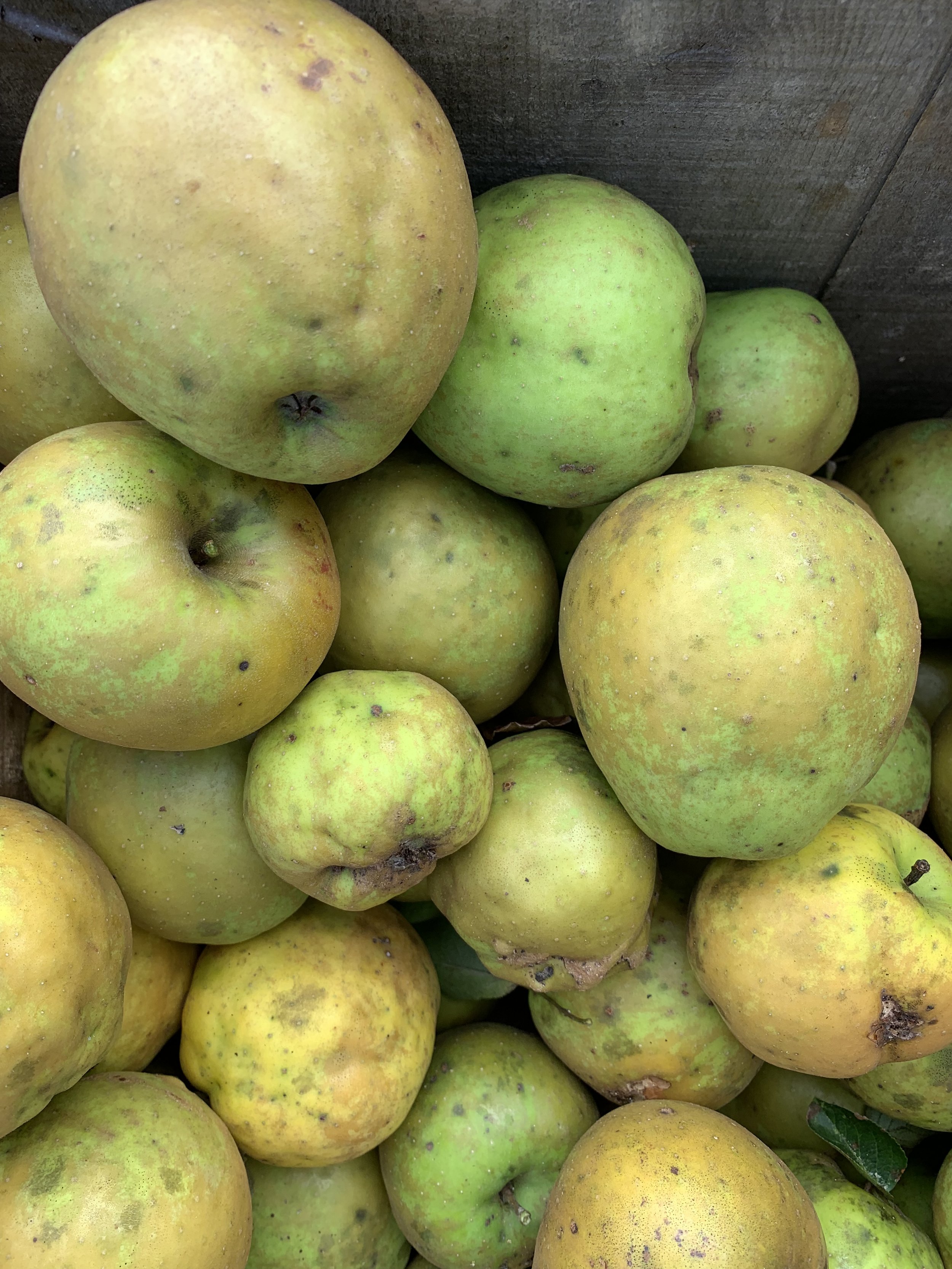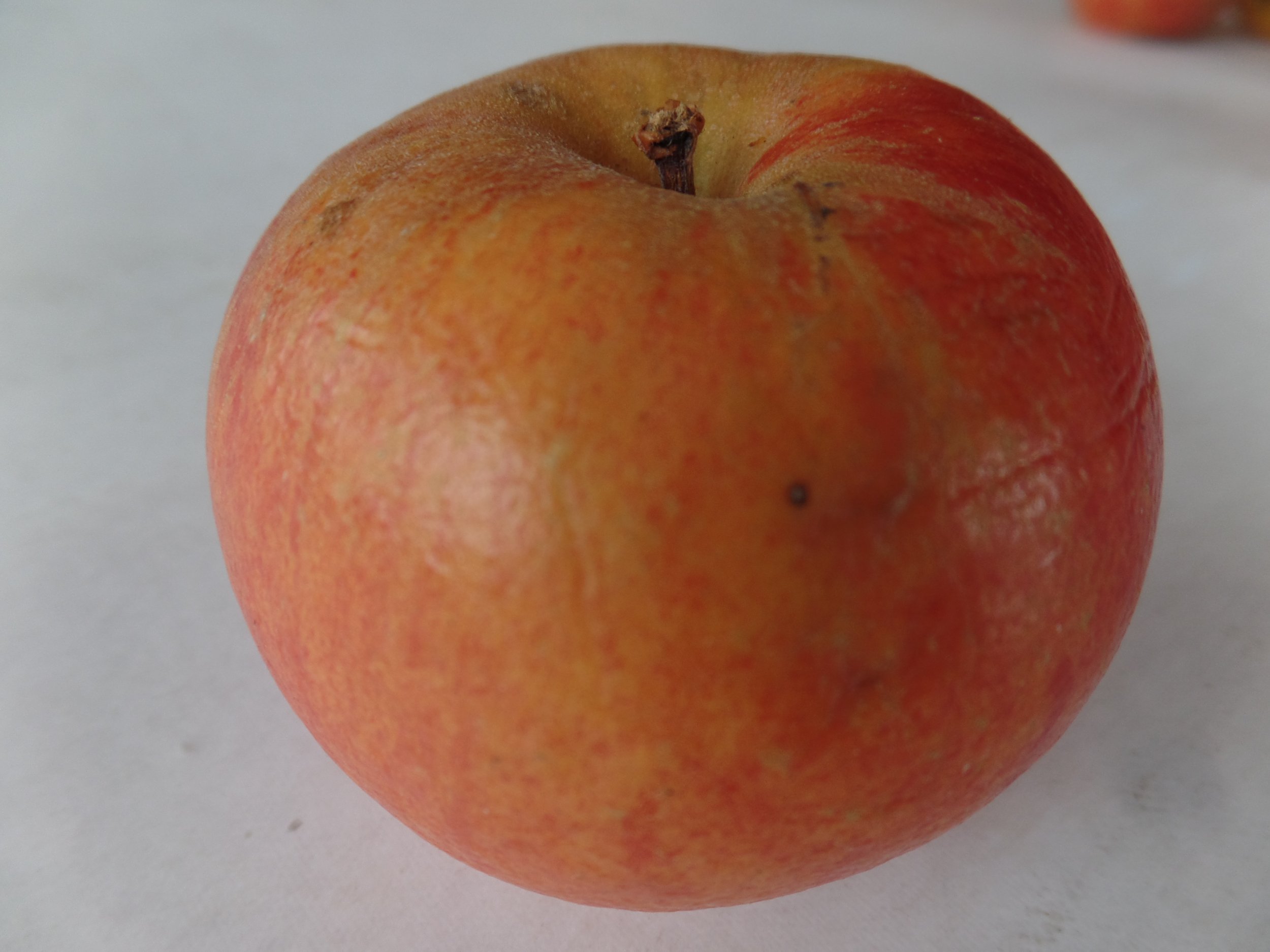Giant Kavanaugh tree in Union
Recently I finished reading The Ride of her Life by Elizabeth Letts which recounts the story of a 63 year old woman who leaves her farm in Minot, Maine to head for sunny California. It’s 1954; she has no road map, less than $50 in her pocket, no understanding of weather (she begins her journey in November), and no car. What she does have is and two traveling companions - a retired trotter and a small dog - and a crazy idea that she can ride 4,000 miles to see the Pacific. Annie succeeded in her quest because of the amazing kindness and generosity of strangers who fed, housed, encouraged and financed her along the way. She became a celebrity as she meandered from town to city across the country. Reporters followed her, mayors put her up in the finest hotels in their towns, vets attended to her animals for free, strangers housed her and nursed her when she was sick, and a group in Tennessee bought her another horse to bear part of her load. If it takes a village to raise a child, it took a nation to carry this woman and her animals from one coast to the other.
The story is a heartwarming one that honors the generous spirit of people in both rural communities and urban areas. The people Annie met believed in her, and she persevered because she didn’t want to let them down. As the book concludes, the author makes the case that this story portrays a bygone time. When Annie crossed the country, people didn’t lock their doors, the pace of life was slower, and people treated strangers with kindness. Anyone crossing the country in 2023 couldn’t expect such a warm reception.
While it’s true that it would be difficult and terrifying to cross the country on horseback today, I don’t think the kindness of strangers is a thing of the past. Every time we go fruit exploring in search of old apples we get a fresh taste of that kindness and generosity. 99 out of a 100 homeowners in Maine are willing to open their door to a couple of strangers standing on their stoop in ragged MOFGA t-shirts holding an apple picker. They stop whatever they’re in the middle of to talk about the trees in their yard and give us a tour. Every now and then they hop into their pick up and drive us down a dirt road to see an old tree they know about on the other side of town. When it’s time to leave they send us off with slices of apple pie, bottles of cider, a jar of pickles, some honey from their hives and the names of three friends we should meet. Two hours before we had never heard of one another - now we’ve shared stories and laughter and apples. The roads of rural Maine are lined with apples trees and also with people who don’t lock their doors, who take time for a stranger, and who treat even a bearded man with an apple picker like an honored guest. Perhaps that bygone era isn’t so bygone after all.
Picks of the week:
(Click each variety for more info)
This has been a gnarly year weather wise, and as a result you may find some gnarly looking apples in your bag this week. These are the apples that super markets shun and commercial orchardists obligingly grade out and press into cider. They are lumpy with bug stings, cracked from too much rain, circled by golden frost rings or spotted with the smoky dots of sooty blotch from too much moisture this summer. While they sure don’t look like the pristine (and poisonous) apple that the Evil Queen offered to Snow White, we hope you’ll think they taste much better. If you can overlook the cosmetic flaws, you’ll be rewarded with some unique flavors from some extraordinary and rare varieties.
Kavanaghs fresh from the tree
Perhaps the gnarliest and rarest among them is Kavanagh. We’ve never offered it in the CSA before; and sadly just as our tree got large enough to produce a sizeable crop, we lost it to fire blight. We picked the sheep-nose shaped apple in your share from a small, home orchard in Union where the owners were generous enough to offer us the fruit from their giant (unsprayed) Kavanagh tree. Kavanagh which is fairly dry and low in acidity has long been a favorite of ours for fried apples. In fact one morning during the weekend of the Common Ground Fair I watched as three of our otherwise congenial house guests aggressively sparred for the last fried Kavanagh slice on the plate. They are that good. To make them, peel and core the apples, and cut them into thick rings (1 cm). Melt some bacon fat or butter in a skillet and saute the rings til they are soft and golden, but not mushy. Eat them hot from the skillet.
Another rare favorite in the CSA roster is Starkey. Many years ago John had quite the adventure searching for the last remaining Starkey trees in Vassalboro where the variety is thought to have originated. Legend had it that Starkey was the offspring of another apple in your share, Ribston Pippin. Recent DNA analysis has shown that not to be the case so the parentage of it remains a mystery. Normally Starkey ripens in mid-October and develops its flavor in November, but this year it has defied tradition and ripened several weeks ahead of schedule. And the flavor is peaking early as well. Try it for fresh eating.
There is one confirmed mother-daughter pair in your share this week - Frostbite and Sweet 16. For years we have begrudged the name ”Frostbite” for this introduction from the University of MN mostly because we were sore losers in the naming contest. But this year we have to agree that the apple lived up to its name and produced a huge crop despite the fact that it was in full bloom when the temperatures sank to 20 degrees in our orchard. Not all the apples look as shapely as we would like, but we can’t deny that we love the unique flavor and crunch of this apple. Its offspring, Sweet 16, with its notes of cherry, vanilla and bourbon is pretty delicious too. These are perfect apples to slice up on a fruit plate, add to a salad or eat out of hand.
If you’re looking for a pie apple in this group, open the bag of Smokehouse. Although this apple can develop a red blush in a sunny summer, this year the skin is an eye-catching green. Smokehouse originated around 1800 in PA and made its way to central Maine where you can still find old trees. Its flesh is crisp and its flavor tart enough to hold up in pie crust or to enjoy with a slice of cheese.
If your tradition when you get home with your share of apples is to open all the bags and hold a taste test for family and friends, then taste Ribston Pippin last. The flavor of this famous English apple is so complex and overwhelming that it could dull your senses to the fantastic, albeit more subtle, flavors of the other apples. At least that is what happened when I bit into one in the orchard - a flavor explosion in my mouth so overwhelming I couldn’t taste any other apples. It’s as if the rainbow of golds, oranges, pinks and greens on the outside of the fruit morphed into a rainbow of flavors in the flesh. Need we say to approach this apple with caution?
Our apples come to you straight from the tree, so, as with all fresh produce, please be sure to wash them thoroughly before eating. Some of the apples are grown using Integrated Pest Management by the orchards we collaborate with throughout Maine, and some are organically grown here on Super Chilly Farm.
Apple Talk in Topsham, October 18th
Join us at Sherman's Maine Coast Book Shop of Topsham for an evening of learning about Maine's unusual, historic, and rare apples. John will give a presentation on the many varieties of apples in Maine and read from his book, Apples and the Art of Detection. There will be cider for sampling, and John will be available for questions and signing books after his talk. Wednesday, October 18th • 6-7pm • 65 Topsham Fair Mall Rd • Free and open to the public.
Recipe of the Week
Lately I have been experimenting with various recipes for curry. I like mixing all the exotic spices that make the curry and the smells that fill the kitchen as it cooks. But to be honest, what I like best about curry is all the side dishes that accompany it. Lining the sides of my bowl with pickles, chutney, dal, raita and dried fruits and nuts ensures that every bite will be an adventure and no two bites will be the same as I mix in the spicy, salty, and cooling flavors. So when I discovered two David Tanis recipes on the NYT website for Indian Fresh Apple Pickle and Apple Raita, I had to try them. We made them tonight, and after a day packing apples we didn’t have the energy to make the curry so we just smeared them on flat bread and roasted root veggies. Even without the curry they disappeared in a flurry of rave reveiws.
Smokehouse apples waiting to be put in share bags.
Indian Fresh Apple Pickle
Ingredients:
4 sweet-tart apples (Smokehouse, Sweet 16)
1 tsp salt
1/2 tsp cayenne
1/2 tsp tumeric
3 TBS untoasted sesame oil or neutral vegetable oil
2 tsp black mustard seed
1/2 tsp asafoetida (hing) powder (skip if you don’t have this)
Juice of 1 large lime
Directions:
Wash the apples, cut into quarters and remove the core. Slice into thin strips about 1/2” thick by 1” long. Place in a medium bowl.
Add salt, cayenne and tumeric. Mix well.
Warm 1 TBS sesame oil in your smallest skillet over medium heat. When the oil is hot, add the mustard seeds, and cook until they begin to pop. (About 1 minute.)
Remove the skillet from the heat, and stir in the asafoetida, then mix the contents of the skillet into the bowl of apples.
Add the remaining sesame oil and the lime juice to the apples, and mix well.
Let the apples rest for 15 minutes so the flavors infuse the apples.
Store refrigerated up to three days. Serve at room temperature.
The many colors of Ribston Pippin
Apple Raita
Ingredients
1 cup plain whole milk yogurt
1 small tart apple (Smokehouse), peeled and coarsely grated
1 tsp ginger, grated
1 serrano chile, seeds removed, finely chopped
1/4 tsp salt
1 TBS untoasted sesame oil or vegetable oil
1/2 tsp black mustard seeds
1/2 tsp cumin seeds
1 garlic clove, minced
Directions:
In a small bowl stir together the yogurt, apple, ginger, chile and salt.
Warm the oil in the smallest skillet you have over medium heat. When the oil is hot, add the mustard and cumin seeds. Sizzle the seeds until they begin to pop. Stir in the garlic, let it begin to sizzle and remove from heat before it starts to brown.
Pour the hot oil, seeds and garlic into the yogurt mixture. Stir well. Let it sit for 5 minutes. Taste and adjust seasonings. Serve at room temperature.




